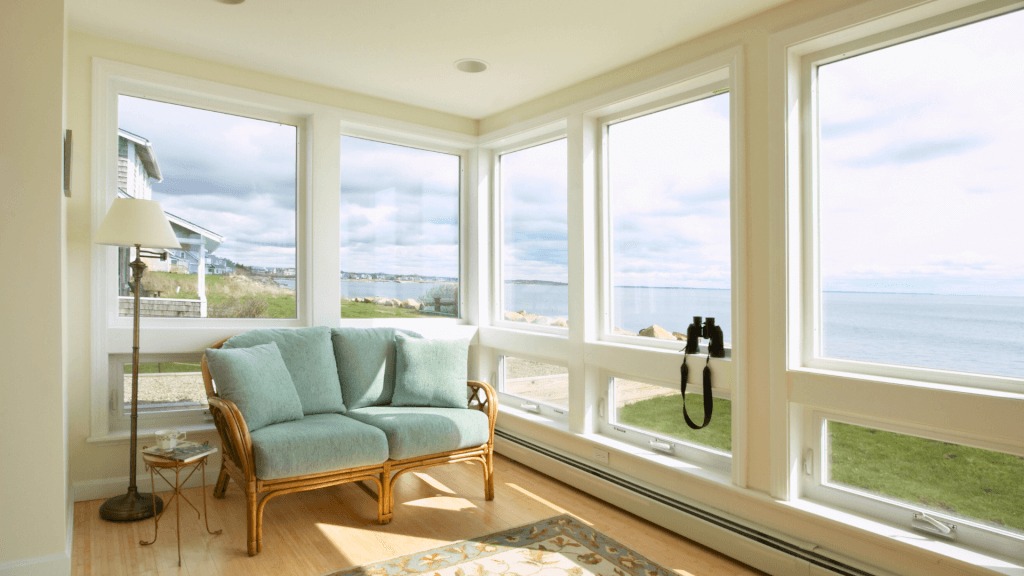The Canadian climate, with its extreme temperatures and sharp seasonal fluctuations, places special demands on residential construction. Modern research shows that the quality of window systems plays a key role not only in the energy efficiency of the house, but also in creating a healthy indoor climate.
Home microclimate: key parameters and their impact on health
The optimum temperature in a living space ranges between 20-22°C. Quality windows, especially those with low-emission (Low-E) coatings, help to maintain a stable temperature, preventing overheating in summer and excessive cooling in winter. This reduces the risk of respiratory diseases and improves the overall health of the occupants.
Windows play an important role in providing a supply of fresh air and removing pollutants. Innovative ventilation systems integrated into window constructions make it possible to maintain optimal CO2 levels and other air quality indicators without significant heat loss.
Scientific research on the health effects of window systems.
Recent research conducted by the University of Alberta has shown that improving the quality of window systems can reduce the incidence of respiratory illness by 15-20% and improve sleep quality by 30%. These findings are particularly relevant to residents of the Drayton Valley, where climate conditions require special attention to home quality.
Innovative technologies in window systems.
Dynamic glazing technology allows windows to change their optical properties depending on the intensity of sunlight. This ensures optimal natural light without the risk of overheating the room, which is especially important for mental health during the long winter months.
Some modern glass windows are equipped with photocatalytic coatings, which under the influence of ultraviolet light decompose organic contaminants and prevent the growth of bacteria on the glass surface. This helps to keep the indoor air clean and reduces the allergen load.
Peculiarities of window selection for different rooms
Properly sized basement windows play an important role in providing adequate natural light and ventilation. The recommended glazing area is at least 5% of the floor area of the room. It is important to take into account the fire safety requirements for emergency exits.
For bedrooms and living rooms, windows with a high visible light transmittance (VT) of at least 0.6 are optimal. This provides sufficient natural light, which is important for maintaining a healthy circadian rhythm.
Front doors as an element of a healthy home
Fiberglass entry doors in Drayton Valley are becoming increasingly popular due to their high thermal insulation and climate resistance. Not only do they maintain an optimal temperature regime in the entrance hall, but they also prevent the entry of street contaminants and allergens.
Comprehensive approach to the selection of window systems
When choosing window systems for a healthy home, it is important to consider the following factors:
- Energy efficiency (U-factor).
- Solar factor (SHGC).
- Visible light transmittance (VT).
- Sound insulation (STC).
- Air permeability.
- Resistance to condensation.
- Durability and environmental friendliness of materials.
Economic aspects of investing in quality windows
While the initial cost of high-quality windows may be higher, the long-term savings in energy costs and improved occupant health make the investment economically worthwhile. Studies show that improving window quality can reduce heating and air conditioning costs by 15-25% annually.
A scientific approach to the selection of window systems for Canadian housing, allows you to create a healthy and comfortable living environment. Modern technologies in the production of windows and doors provide a wide range of opportunities to optimize the microclimate of the dwelling, improve energy efficiency and, as a result, the health of the occupants.
